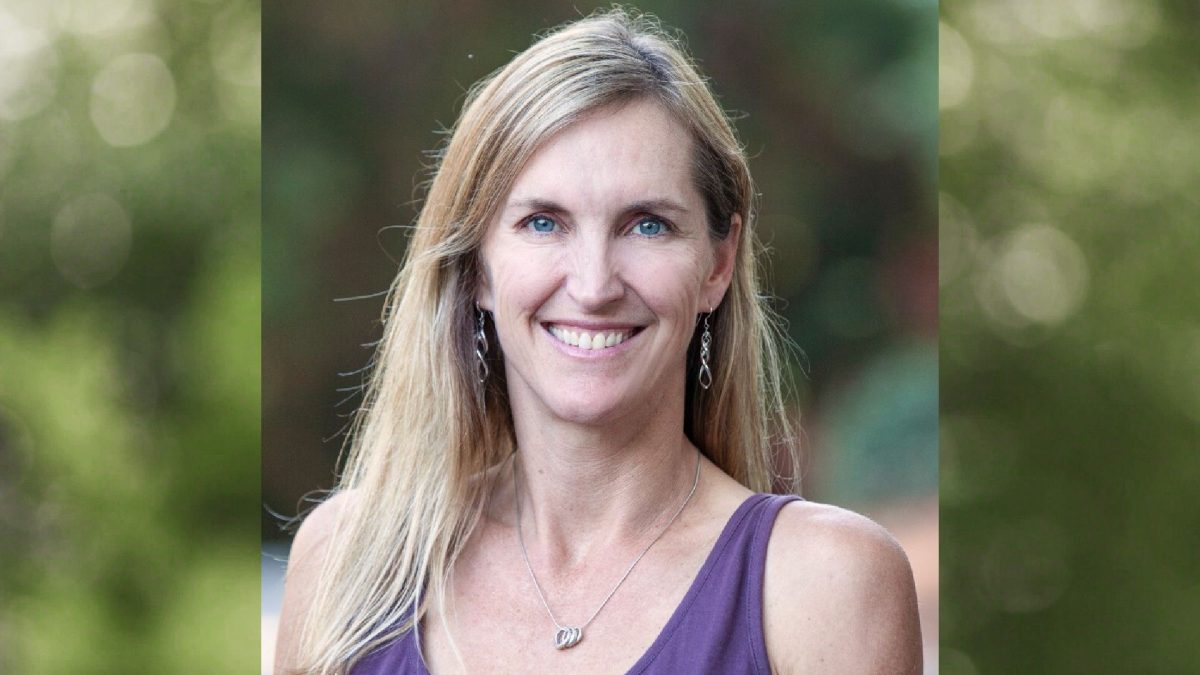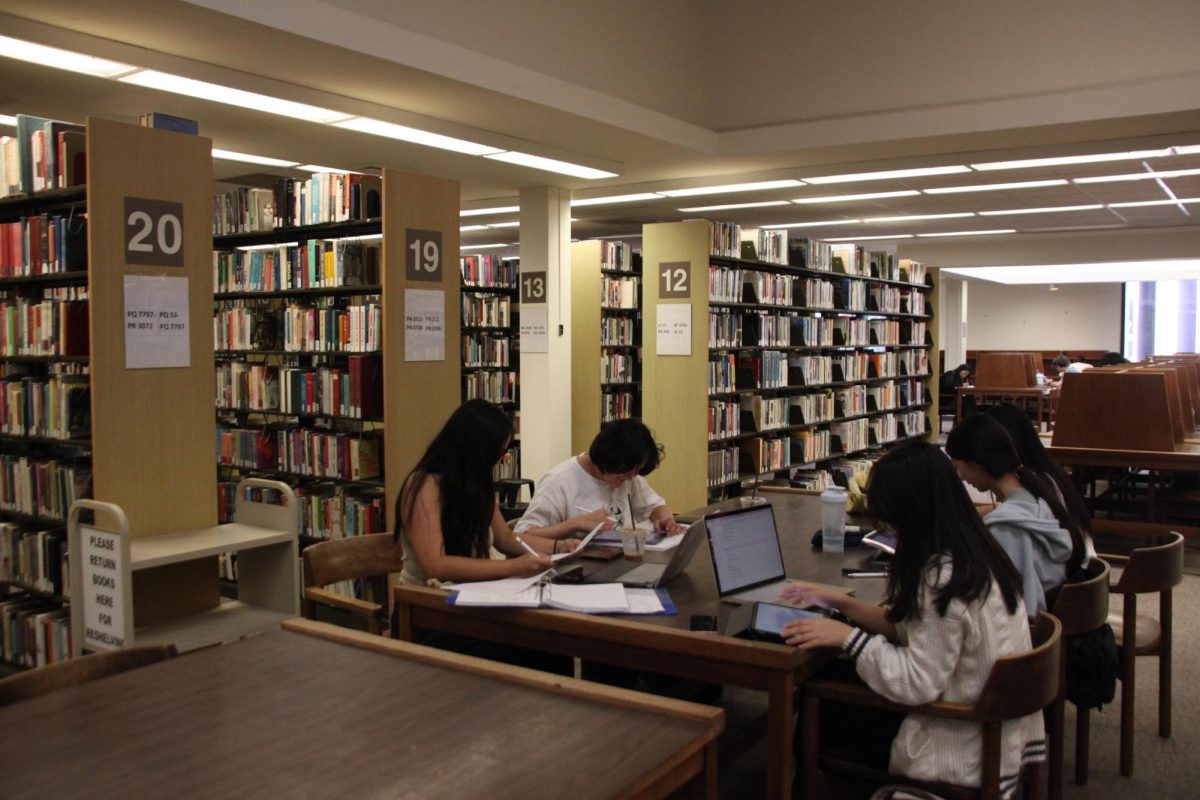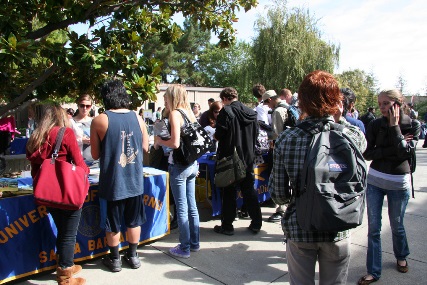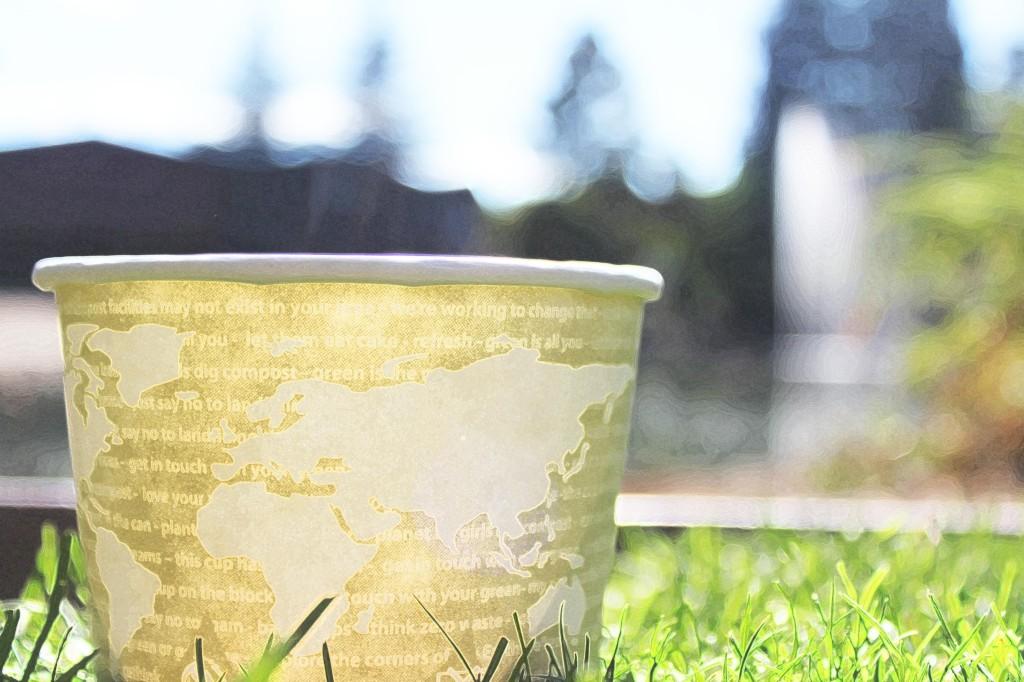This semester, a resolution that has been in the works for over five years has been set in stone. The faculty and students of DVC are now reaping the benefits of non-polystyrene food containers, but the process of transitioning has not been simple.
DVC’s Sustainability Committee has consistently been encouraging the college to dump toxic polystyrene food containers (better known by the brand name Styrofoam), in favor of a recyclable, healthy alternative made of corn or paper materials.
The decision to transition was made after the Sustainability Committee went to ASDVC to ask for support in the endeavor.
“I’ve heard from a lot of students that they were in favor of it,” ASDVC President Katerina Schreck said. “In the long run, it’s having a better effect on not just us but people that will be here in the future. Women especially; the toxins released from Styrofoam can be harmful to the reproductive system so when women hear that, they’re more in favor of it.”
George Delfabro, Director of Food Services, said he has been forced to raise prices because of the material change. It is currently 25 cents per container at the Basement Cafe.
On average, the price would be about 18 percent more on biodegradable Spudware, a product currently being tested by Food Services, than polystyrene utensils.
Spudware is comprised of 80 percent potato starch and 20 percent soy oil, and is 100 percent biodegradable and compostable.
Students and faculty have been affected by the changes.
“I just got back to school. I took two years off to work full-time,” student Lindsay Davis said. “It sucks. It’s just another thing. I never had any notice of the price raising. So far, I’ve just accepted it and paid it.”
Delfabro said Davis’ feelings seem to represent the general consensus.
“I’m getting some comments from students that aren’t too happy about it. We haven’t gotten too much positive feedback.”
DVC President Peter Garcia said that he supported ASDVC and was confident in their leadership on the issue.
“It’s hard to be in favor of students paying more given the tough economic times,” Garcia said. “If you consider the future costs of clean-up for all citizens, I believe we’ve made a positive change that is worthwhile.”
However, the campus-wide reaction to new “green” food containers has been motley.
Dr. John Freytag, oceanography professor and member of the Sustainability Committee, has been a part of the resolution from the beginning.
He said his research shows that “they could break even or even make a little bit of money for as little as an additional 5 cents per container.” But so far, Food Services has struggled.
“It’s a lot more expensive than it was,” Delfabro said. “We sustain ourselves independently with the revenue that we make. The cost has to be absorbed somehow.”
At a joint meeting on November 16 of last year, after Delfabro expressed his concern regarding the financial burden the change would put on students, Freytag stated that “the Sustainability Committee would help to find a cost-effective way to pay for the costs of switching to biodegradable containers.”
“I felt like if I could do the groundwork, then it would be up to DVC Food Services to follow through on the implementation,” Freytag said. “I have nothing to do with the ordering, but I did most of the additional research and groundwork to help with the transition.”
However, research and data Freytag collected in preparation for the transition has not been utilized by Food Services.
Potentially subsidizing the added cost was also considered at the meeting, but has so far not been carried out by any of the involved groups.
Since the implementation of the switch, Freytag has had regular contact with the DVC Administration but said he doesn’t know if DVC Food Services has used any of the data he had come up with.
Hotel and Restaurant Management and Food Services are separate departments that provide food to students and faculty on campus; the two are independent of one another. Hotel and Restaurant Management made the transition from Styrofoam prior to Food Services. Efforts made by The Inquirer to get in touch with HRM were unsuccessful.
“The Norseman had already switched over before we started working with Food Services,” Freytag said. “I don’t know specifics about the products that they’re using.”
The effects of polystyrene surpass health hazards and are detrimental on a more global scale.
“Styrofoam is not only harmful to us but to the ocean. It contains known carcinogens, does not degrade and has an extreme impact on aquatic ecosystems,” Freytag said.
As of June 10, 2011, styrene was announced as a new “known human carcinogen” by the U.S. government and is especially dangerous when subjected to particularly hot substances like coffee due to its tendency to leech into food and drink. According to Garcia, Chris Leivas, vice president of finances and administration, and Delfabro were not only in charge of operational changes but were responsible for the “numerous analyses” regarding price changes and getting the message out that prices would be growing across campus.
But when asked how much more the biodegradable products cost compared to Styrofoam products, Leivas responded with, “I am not sure about this. You would need to check with George Delfabro.”
Setbacks impeding the change have also occurred, such as the process of discovering materials that are conducive to the food itself. Issues such as the melting of products when subjected to heat have arisen. Schreck said ASDVC is happy with the progression, but would like to take it a step further.
“Our next big thing will be recycling. I think that’s something a lot of people want to see on campus, and we don’t have our own program yet,” Schreck said.
For now, however, DVC’s student population will be contributing to the community of the globally conscious, via one small, biodegradable container at a time.
“I believe that it is a good investment in our community’s effort to become more environmentally friendly,” said Garcia.






































































